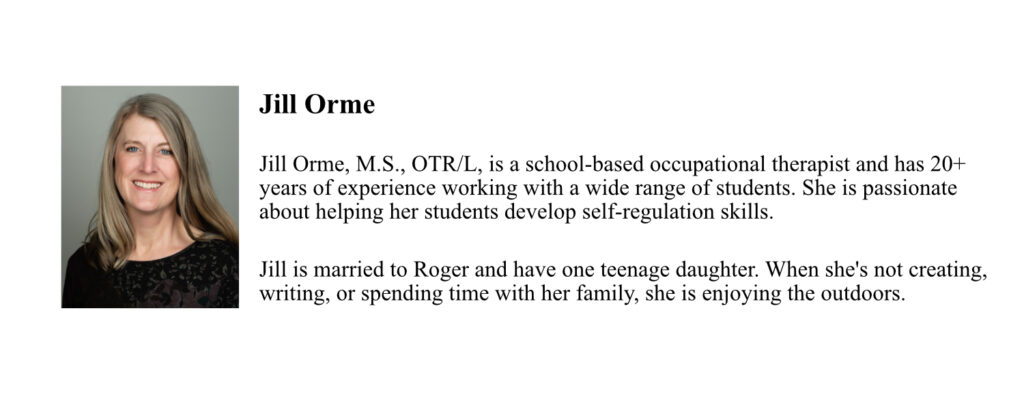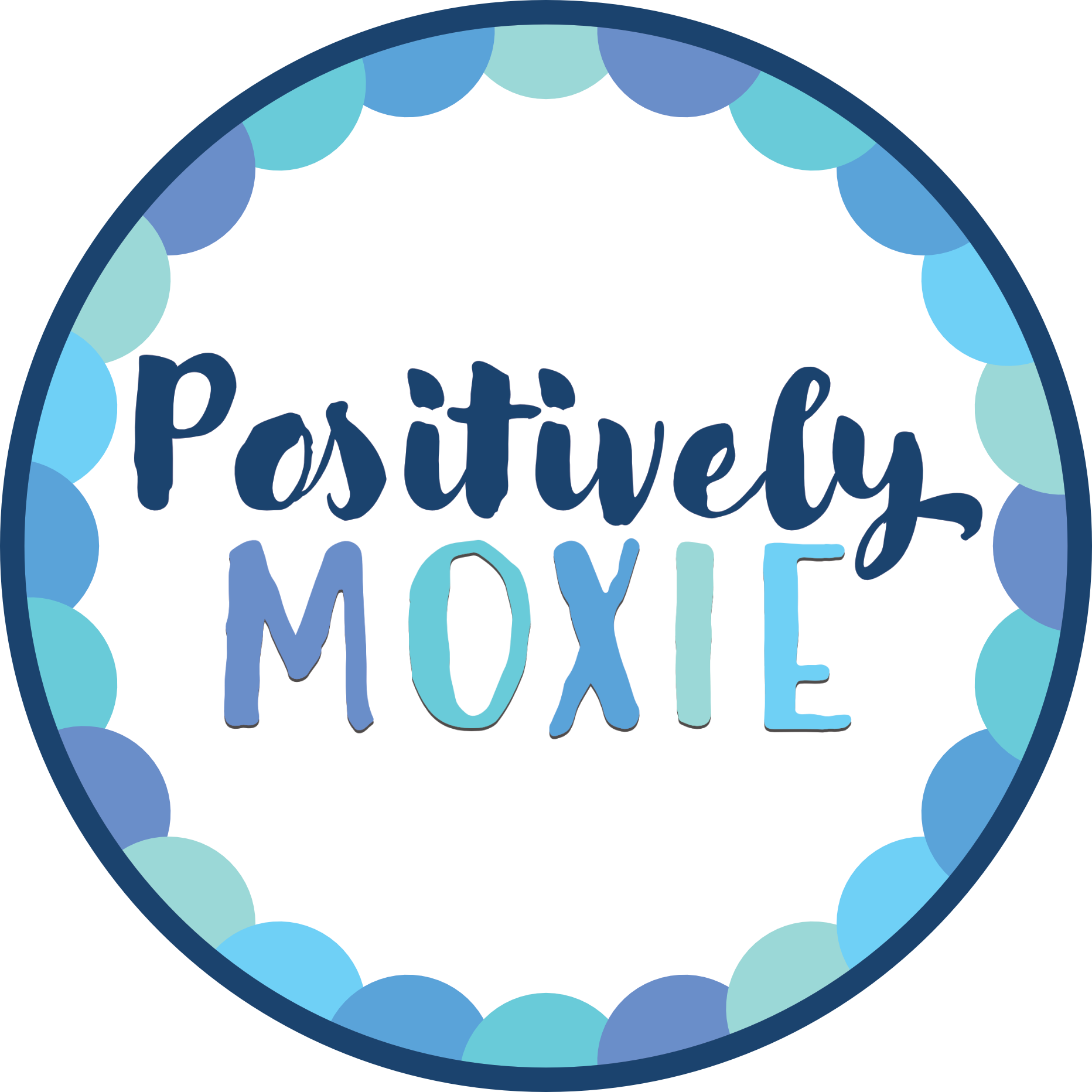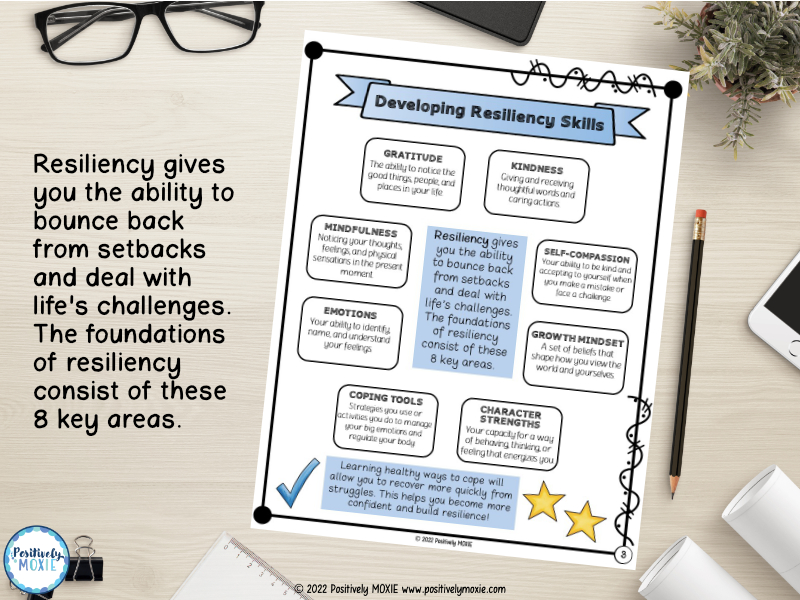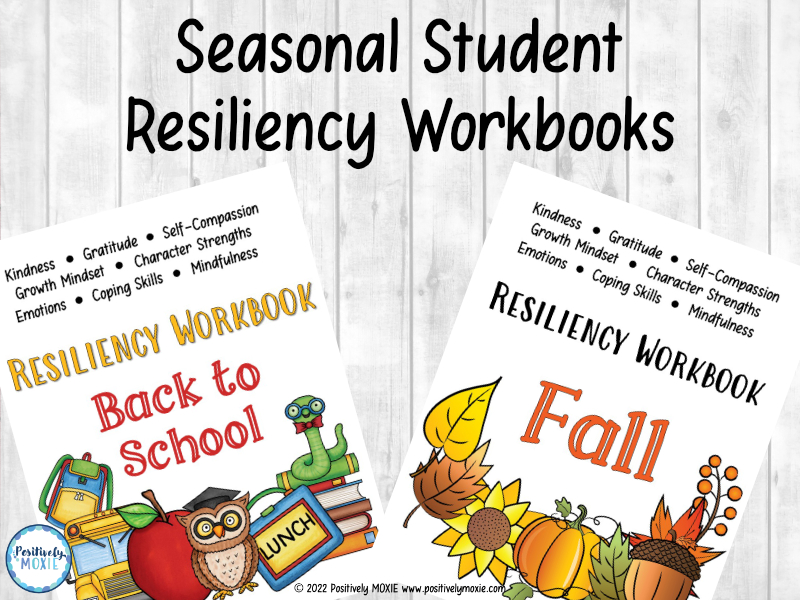Use strategies from Positive Psychology to Help Your Students Thrive
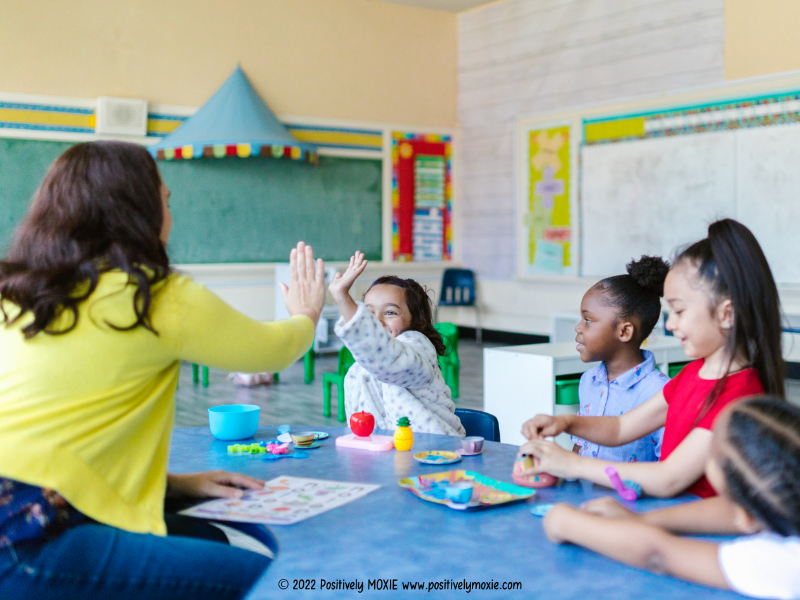
Today’s students have a lot on their plate. From school activities, after-school sports, music lessons, and extracurricular clubs, not to mention homework! While these pursuits provide wonderful enrichment, they can also be packed with frustration and disappointment. How do you help your students bounce back from these setbacks? Resilience is a crucial component. When students build resilience, they can handle the big (and little) bumps in the road. Developing resilience in students helps them recover more quickly and easily from setbacks. These obstacles can be reframed and seen as opportunities for personal growth. Using ideas from positive psychology, this article outlines ways to develop resiliency in students can develop so they can thrive.
What is Student Resilience?
Resilience is the ability to bounce back from stumbling blocks. It is the capacity to deal with problems that make you frustrated, upset, mad, or even sad. Using concepts from positive psychology helps improve student resilience.
When students have better resilience, they are able to use their inner strength to handle obstacles. Students deal with these difficulties differently. They frequently require additional skills in order to deal with life’s setbacks.
Building Student Resilience using Martin Seligman’s PERMA Model
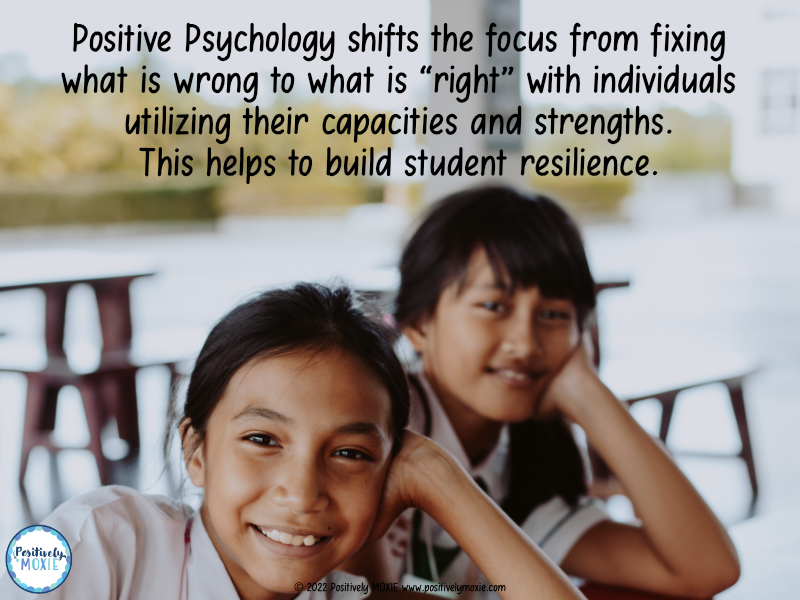
In the past two decades, Positive psychology has had a significant influence, shifting the focus from fixing what is wrong to what is “right” with individuals utilizing their capacities and strengths. (Martin Seligman and Mihaly Csikszentmihalyi 2000). Using the principles of positive psychology, you can build these capabilities and skills in students to give them the tools they need to develop greater resilience.
In brief, Positive Psychology is the scientific study of the influences that enable individuals to thrive and flourish. Dr. Seligman’s PERMA™ theory of well-being is an attempt to answer these essential questions. Five building blocks enable flourishing: Positive Emotion, Engagement, Relationships, Meaning, and Accomplishment (hence PERMA™). Building resilience in students using these principles of positive psychology is a useful way to develop these skills.
Positive Psychology and Student Resilience
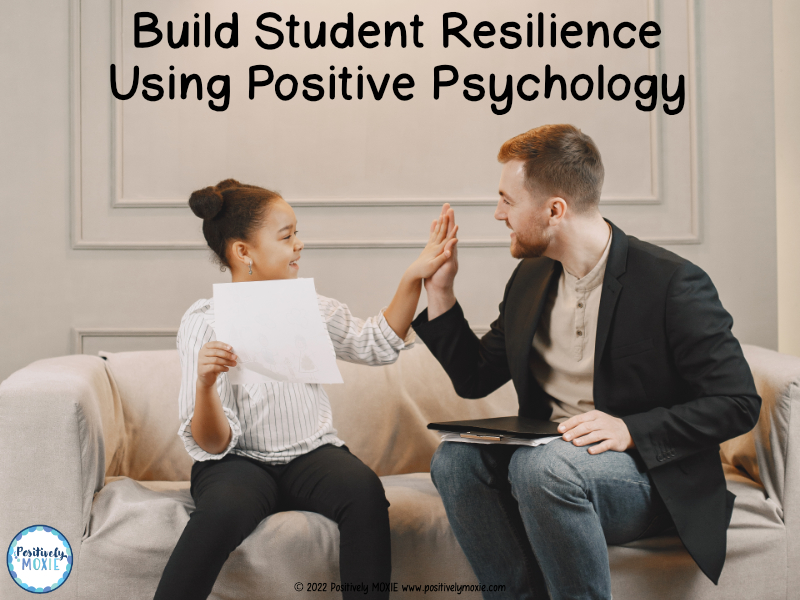
Within the classroom setting, a structure was developed utilizing the tenets of positive psychology. Martin Seligman’s PERMA Model, Academics Noble, and McGrath (2008) influenced the creation of Positive Educational Practices (PEPs). This framework helps guide school staff in promoting school-wide well-being and building resilience in students. The framework focuses on five key foundations to achieve higher learning outcomes and engage students in pro-social behavior. This includes:
1. Social and emotional competency.
This concept addresses emotional literacy and personal achievement skills along with the skills of resilience. Students are more likely to practice well-being when they have a solid social and emotional base.
- Understand the diverse social and emotional needs of your students
- Explicit teaching of social and emotional skills
- Create a positive learning environment through the use of classroom management and teaching methods
2. Positive emotions.
A student’s ability to think optimistically and problem solve will improve if the student feels safe at school. In essence, helping students nurture a sense of belonging, satisfaction, enjoyment, and optimism is key to building resilience in students.
- Complete an emotions check-in regularly.
- Promote positive teacher-student relationships
- Encourage healthy peer relationships
- Involve your students and families in decision making
3. Positive relationships.
This area looks at the relationship between teacher and student as well as peer relationships. In addition, this is central to promoting school connections. Ideas to develop positive relationships with your students include:
- Exhibit helpful and friendly behavior within a respected classroom management environment
- Listen to and respect students
- Explain things when asked
Engagement through strengths.
Students are more likely to demonstrate well-being and academic achievement when their strengths are utilized. This occurs when students are aware of their character strengths and have chances to build upon them at school. Help your students build their inner strengths by:
- Build on student strengths
- Encourage independent problem-solving.
- Maintain encouragement and possibility for student learning
5. Meaning and purpose.
Students who feel they have an impact on others (beyond themselves) and pursue meaningful goals are also more resilient. Ideas to help your students to be a more engaged learners include;
- Reframe struggles as opportunities
- Help students learn that setbacks are normal
- Practice gratitude to help understand kindness and show appreciation
In summary, build your student’s resilience using strategies from the science of positive psychology embedded within your teaching and classroom. Research tells us that resilience can be learned. That said, helping students develop their resilience isn’t easy. As a teacher it can be hard to watch your students struggle. But in the end, it is such a valuable skill for learning to handle life’s setbacks.
